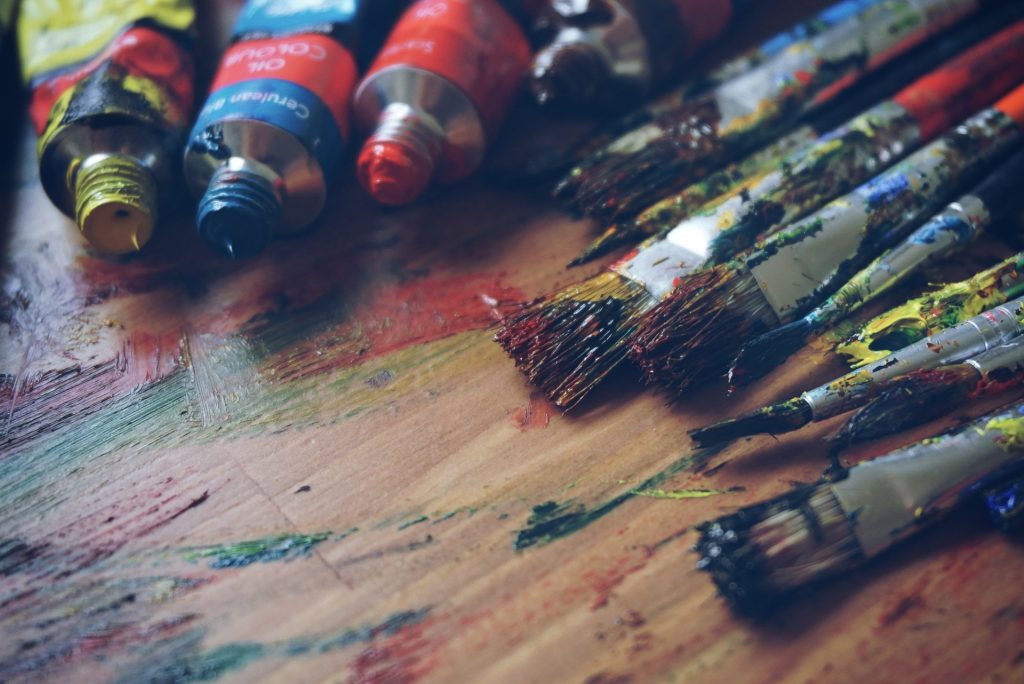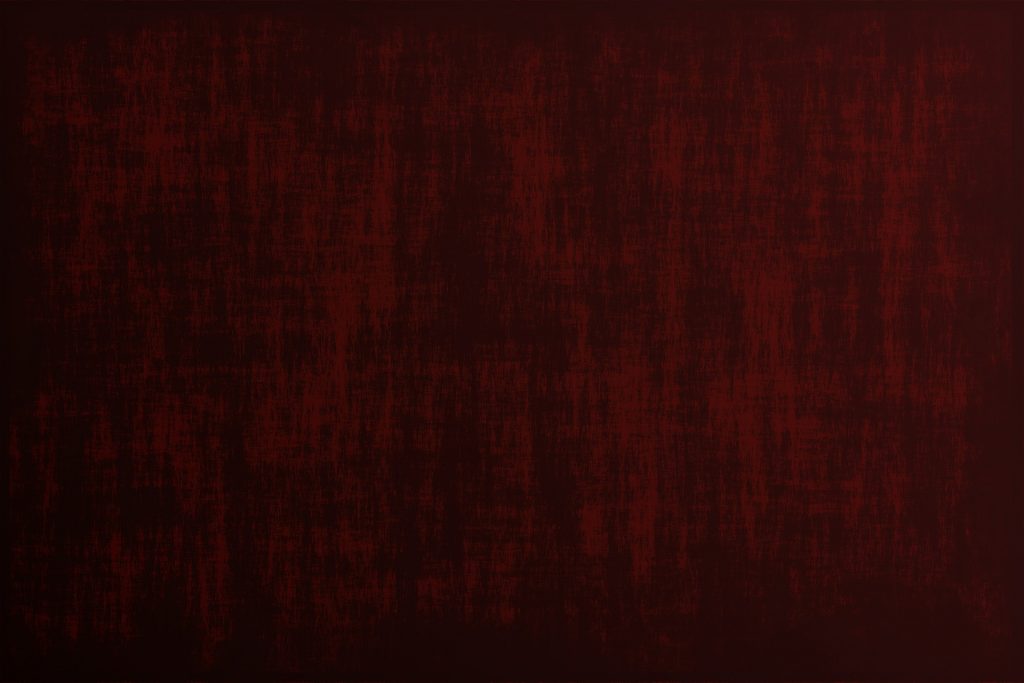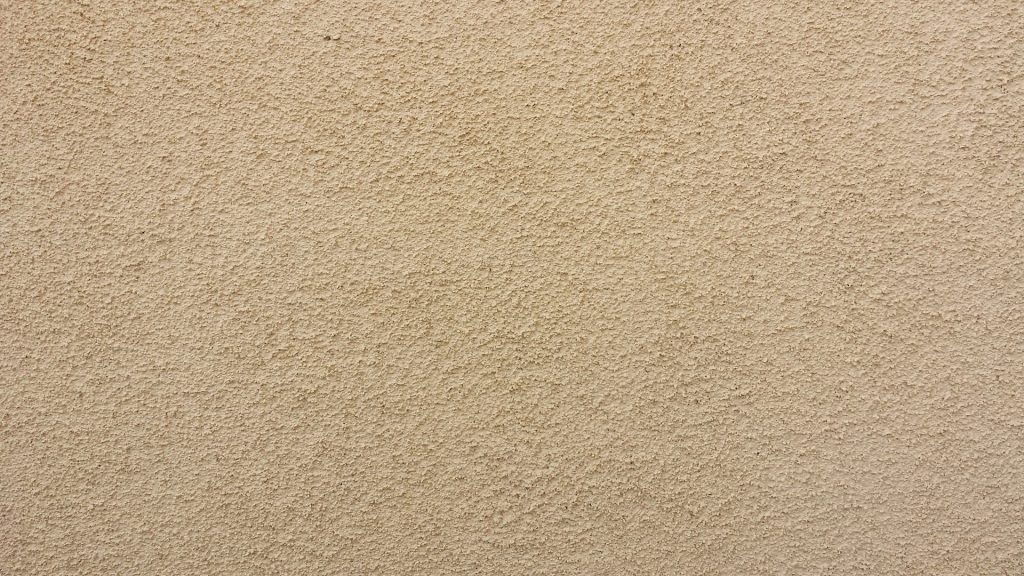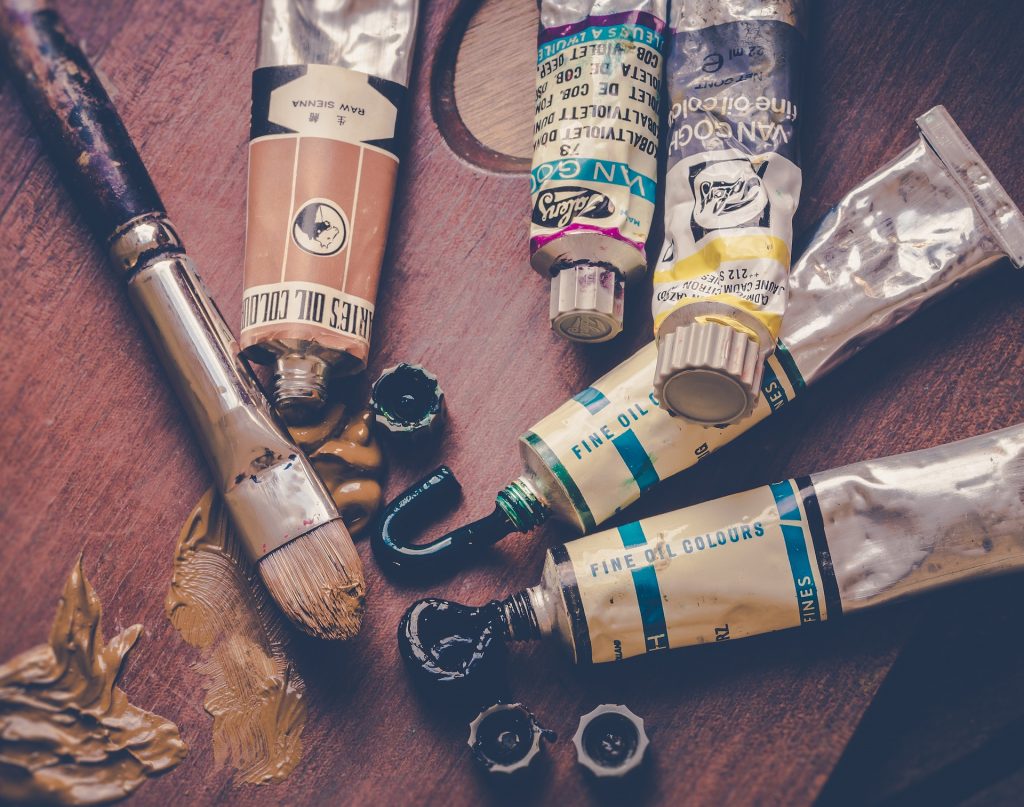One of the most versatile, albeit underappreciated colors in the spectrum, finding the right shade of brown can be pretty difficult for painters, which is why most people opt to create their own unique shade of brown instead.
But how do you get the color brown? As we’ll show below, there are two effective methods of getting the color brown, one by mixing primary colors and one by mixing secondary colors. Both methods will work and each method will produce different shades of brown that you can then tweak with either more primary or secondary colors to get a more vibrant color.
We’ve listed down both methods and how to do them properly, with each step broken down to be as clear as possible. Here’s 2 ways to make brown paint:
Mix Your Primary Colors in Equal Proportion

The first method of creating brown paint involves mixing primary colors in equal proportion. First, squeeze out a small amount of each of the primary colors onto your palette or mixing surface. Ensure that your red, yellow, and blue paints are placed close together, but with a space in between. This will give you enough room to pull your colors together.
Start pulling your colors together and blend them as evenly and as thoroughly as possible. To do this, use the tip of your palette knife to start pulling the inner edges of the primary colors and bring them toward the center of your palette or mixing surface.
Once the inner edges of the paint are at the center, use the flat bottom part of your palette knife to create circular motions across the surface of the paint, gradually expanding the circle so you can incorporate the paint slowly. As you do this, you’ll see a rich, creamy, latte brown start to form.
To give your brown a little more depth and gravitas, add a small amount of white to the mix after you’ve created your base shade of brown paint. Stir in the white paint continuously until it is fully incorporated into the brown paint and has lightened the overall appearance of the paint. Start with a small amount of white paint and add more gradually until you achieve the shade of brown you like. Adding too much white will make your brown look dull and washed out, so be careful.
How much of red, yellow, and blue paints to use depend on how much brown paint you want to create. Because you’ll need the same proportion of each primary color, you’ll need to increase each colors proportion accordingly, should you need more brown paint.
Tips:
In theory, this method will work for all kinds of paint, from watercolors and acrylics to oil sticks. It can even work with colored pencils. Although for harder coloring materials, the brown might not be even, as these are harder to blend together. Adding a hint of white color to pencil, watercolor, and oil mixtures can also help reduce inconsistent blending. However, if you’re using water colors or oil sticks, it’s best to layer your primary colors on top of each other rather than side by side. This makes it easier to achieve the desired shade of brown you prefer.
Mix Your Secondary Colors to Create Brown

The second method involves mixing your secondary colors to create brown paint. To do this, refer back to your color wheel.
Start by creating orange by mixing red and yellow together. Start with a large amount of red paint and add your yellow paint gradually, in small batches until you achieve a vibrant and deep orange. This usually happens after the paint reaches a 1:1 ratio of red and yellow. For a darker brown, aim for an orange mix that has slightly more red than brown.
Next, blend your orange paint with blue to get brown. Unlike red and yellow, you’ll need to use a hint less of blue paint when mixing with orange, ideally less than 40% of the total mixture. Take your blue and orange and mix them thoroughly until you get a chocolate-brown mixture. Take note that the more blue you use, the more your brown paint will take on an understated plum under current. This can be a pleasing aesthetic effect depending on your usage.
Another method is to create purple paint by mixing red and blue. Start by mixing equal proportions of red and blue paint. A good purple must be a perfect mix of red and blue, although there’s no hard in leaning towards a slightly-redder shade of purple, like magenta, if you’re having difficulty getting the proportions of red and blue just right. When in doubt, lean towards red.
Next, stir your yellow paint onto your purple paint to get brown. While you’re mixing yellow and purple together, you’ll notice the paint take on streaks of dirty brown. As you continue to blend, more of this dirty brown starts to appear. To balance it out and create the shade you like, incorporate more yellow paint.
Another method of creating brown paint is by mixing green and red. To create green paint, mix together equal amounts of blue and yellow paints. Start mixing in the yellow to the blue in small amounts until you get the shade of green that you’re looking for. Ideally, it should be somewhere in the middle of green’s color spectrum. However, when in doubt, lean towards a deeper green than a lighter one.
Once you have your desired green, mix in your red paint. Do this slowly by layering a small amount of red paint onto your green paint first and mixing until the first batch is incorporated. This should create an olive-brown with earthy textures. Continue to add more red paint to get a warmer, orange-y vibe to your brown paint.
But if you want a “real” brown color, your mix of red and green must have less than 40% red paint. Because of how vibrant red is as a color, equal proportions of red and green will produce a color that is redder than it is brown. Browns mixed from red and green usually work best with painting landscapes or other natural feature, thanks to the way it evokes both light and earth.
Tips:
Using secondary colors to create brown paint can be tricky, but it does offer you a wider access to the brown spectrum. To make the best of it, pay attention to your proportions and the kind of brown you want to see: the shade of brown you get will depend on how much one color dilutes another. The right shade is all about getting the right proportion of secondary colors.
Tweaking Your Brown Paint
Once you have your brown paint, here are some ways to get different shades:
For a warmer tone:

Add a small amount of yellow or red to brown to create a warmer shade. Adding warm primary colors to brown can amplify its brownness and can be used to lighten up brown that is too dark. If it gets too much red or yellow, stir in some blue to bring it back to the middle of the brown spectrum.
Warm browns are best for painting wood surfaces, brick effects, soil in landscapes, or reflection of natural light sources off the ground.
For a cooler tone:

To create a cooler, more subtle brown, incorporate more blues into your brown. In the same manner that yellow and red can give brown a vibrant, bolder shade, blue can give brown a darker, more understated feel. However, if you incorporate too much blue, balance it out by adding a bit of red or yellow.

